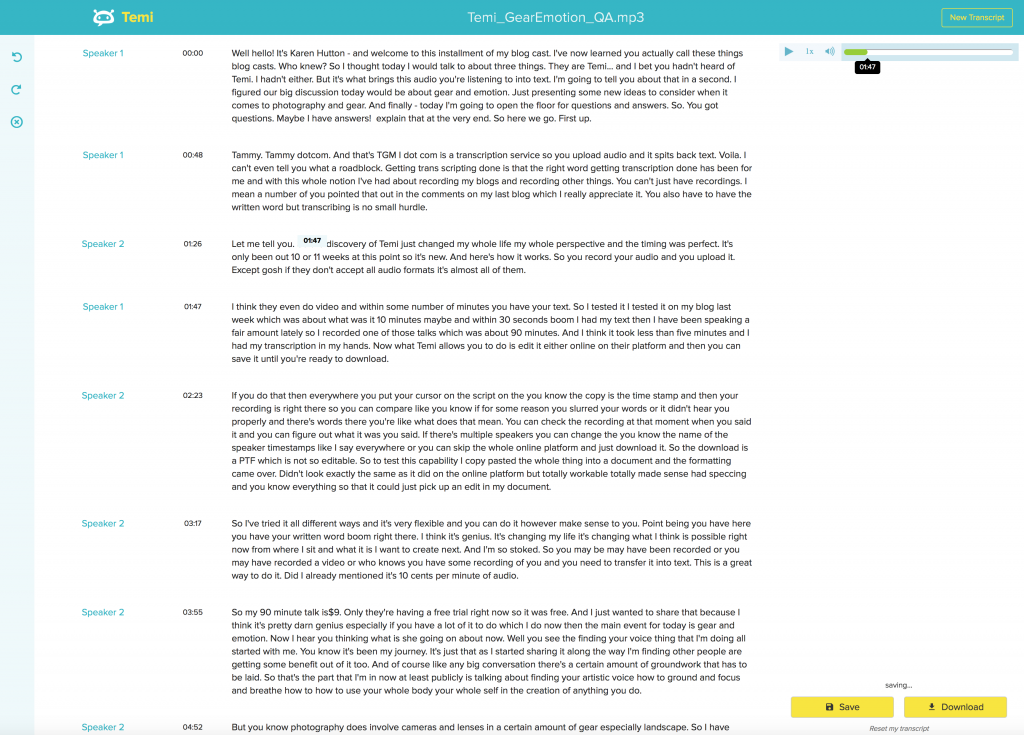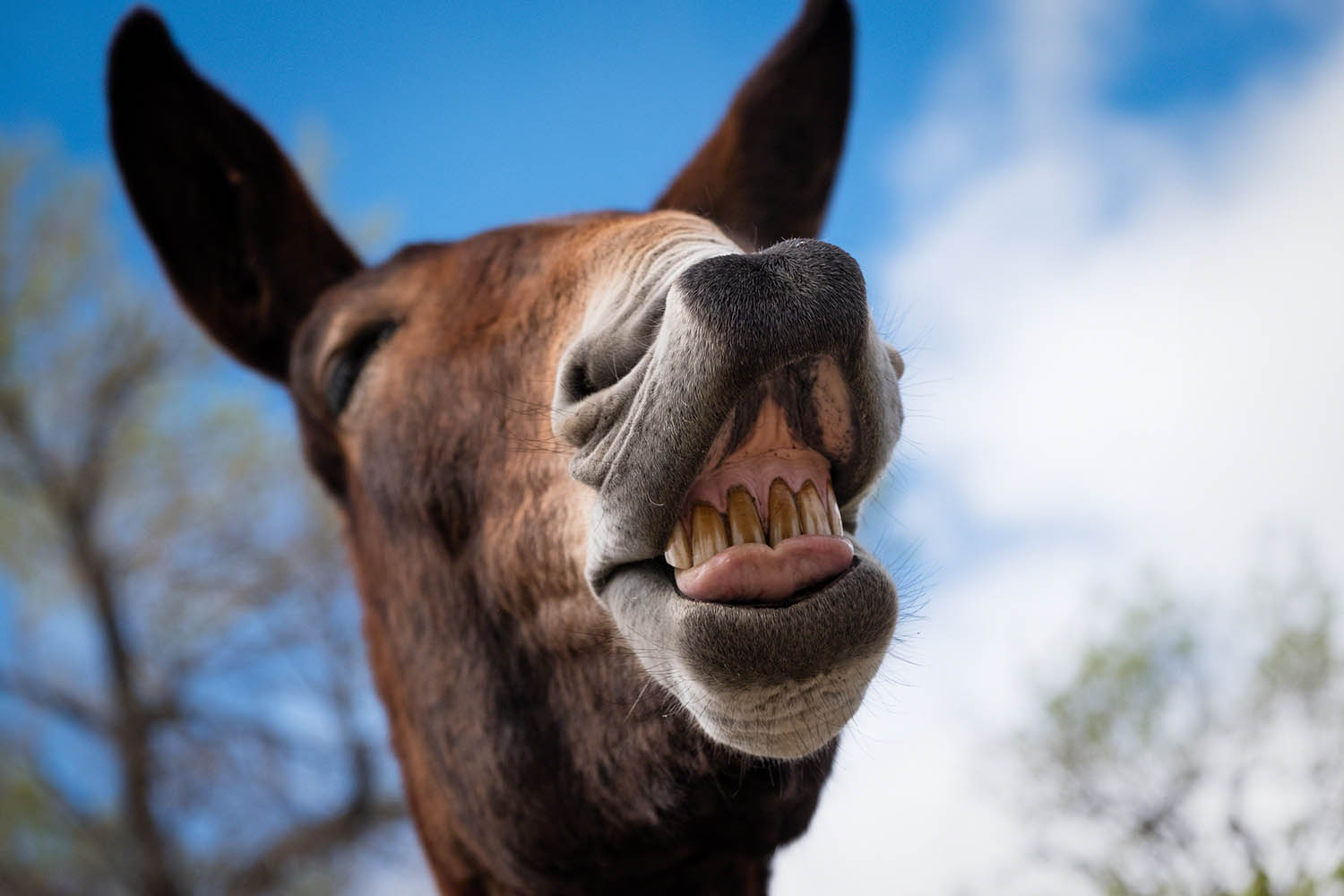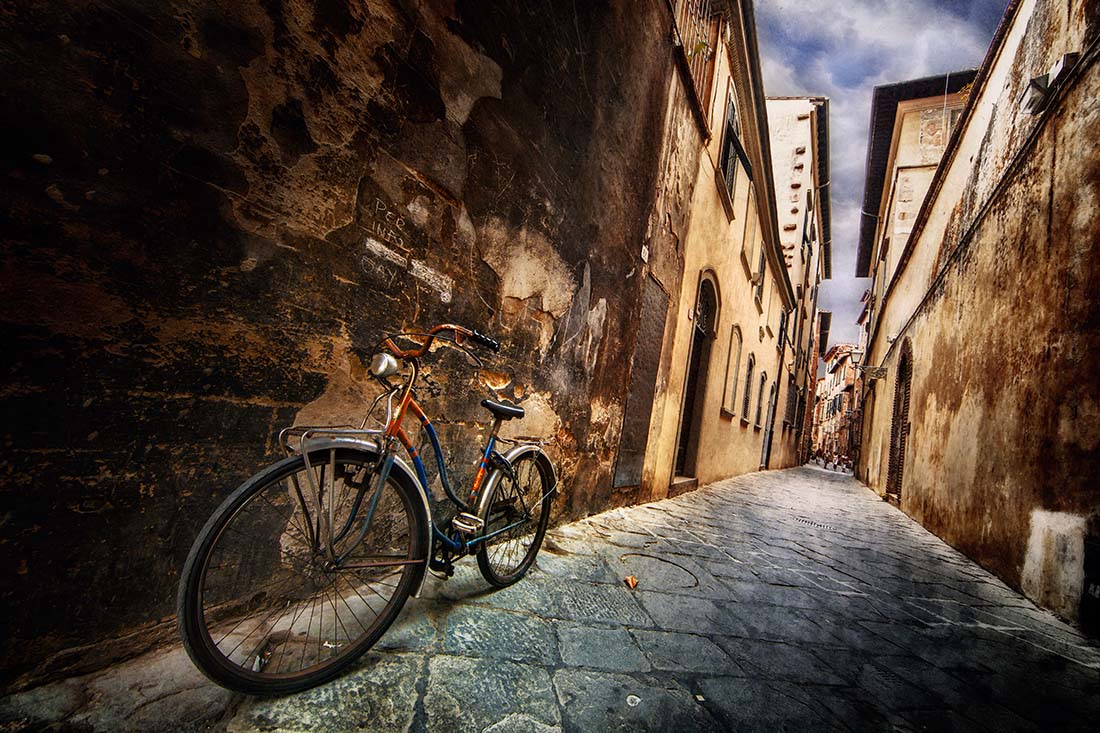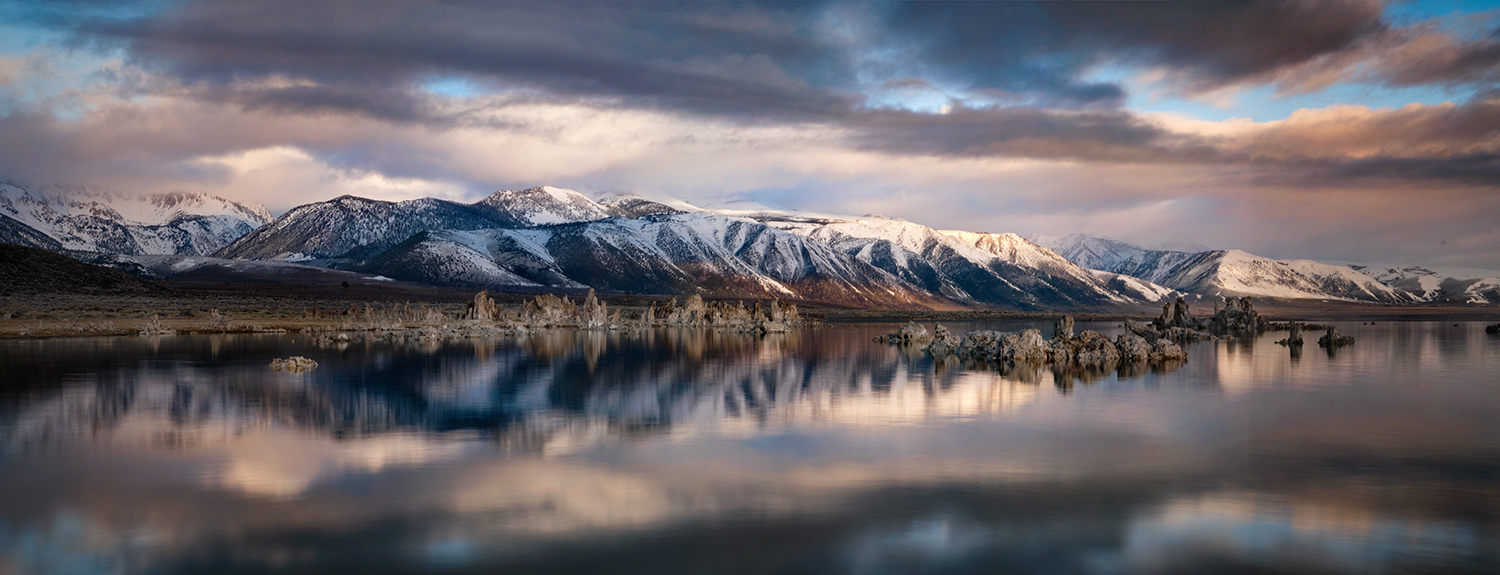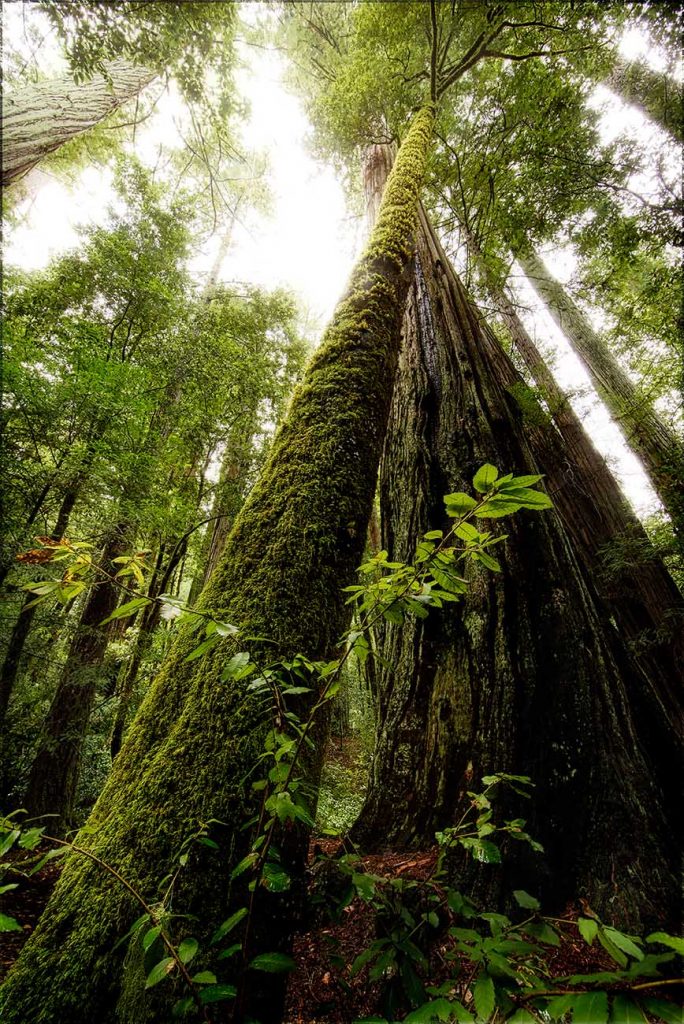Your Gear Can Help You Create With Emotion… and Temi!
Today, blog cast #2! Use your gear to create with emotion – and Temi!
Today’s topics and where you can find ’em in the timeline:
Temi.com: 00:48
Create With Gear/Emotion: 4:09
Q&A call to activate: 12:26
Plus: I seriously need to come up with a name for these ‘casts!
I’m still getting comfy with this new audio blog thingie I’m playing with. But you only get a flow going by doing, right? Right. And since I have even bigger aspirations for it, there’s no time like the present to git it goin’ on!
Today, you can listen to the audio (it’s a smidge over 12 minutes) AND/OR read the written part! I heard what many of you were saying last time: both are important. My problem: I absolutely LOATHE transcribing audio! Then I discovered Temi. It’s an automated transcription platform. And it’s FAST. Like, in seconds or minutes, depending on how long your recording is. That’s what I talk about first in today’s episode. What’s more, the Temi-generated written version (with some KH edits), is down below. 😀
Then… Gear and Emotion. I figured while we’re on topics like “Finding Your Artistic Voice”, why not explore the gear discussion in some new ways?
Finally… I’m adding Q&A to the docket! Whether you have questions outright, observations on stuff, or ideas for potential topics in this ongoing conversation about art, life and releasing your truest, most authentic VOICE… lemme hear ’em! You can put them in the comments below – or share on my Facebook profile. I’ll LOVE to hear from you!
That’s it! What follows is Temi’s transcription of today’s audio… with some edits to make for better reading. 😀
Today’s Topics
Well hello! It’s Karen Hutton – and welcome to this installment of my new – and still experimental blog cast. (I’ve now learned you actually call these things blog casts. Who knew?)
So I thought today I would talk to about three things. They are Temi… and I bet you hadn’t heard of Temi. I hadn’t either. But it’s what brings this audio you’re listening to into text. I’m going to tell you about that in a second. I figured our big discussion today would be about gear and emotion. Just presenting some new ideas to consider when it comes to photography and gear. And finally – today I’m going to open the floor for Q&A. So. You got questions. Maybe I have answers! I’ll explain how that’ll work at the very end. Here we go. First up:
Temi
Temi. That’s T-E-M-I dot com. It’s an automated transcription service. The way it works: you upload audio and it spits back text. Et Voilà!. I can’t even tell you what a huge roadblock getting transcription done has been for me. And what with this whole notion I’m running with about recording my blogs and recording other things too; well, you can’t just have recordings. A number of you pointed that out in the comments on my last blog; which I really appreciate. You also have to have the written word. But coming up with a sustainable transcription approach is no small hurdle, let me tell you.
So the discovery of Temi just changed my whole life, my whole perspective and the timing was perfect! The company has only been live for 10 or 11 weeks at this point; it’s really new. Here’s how it works: you record your audio and you upload it. And I mean, if they don’t accept all audio formats, well, they take almost all of them. (or all that matter!) I think they even do video.
Within some number of minutes you have your text. So I tested it. I tested it first with the audio from my blog last week – which was maybe10 minutes. Within 30 seconds – boom! I had my text.
(It’s not perfect, but it’s eons better than any other speech-to-text engine I’ve tried. Here’s a screen shot:)
Then, I have been speaking a fair amount lately, so I recorded one of those talks; about 90 minutes. I think it took less than five minutes and I had the transcription in my hands.
Now what Temi allows you to do is edit it either online on their platform and then you can save it until you’re ready to download.
If you do it online: everywhere you put your cursor on the script/copy shows the time stamp. Plus your recording is right there, so you can use it for reference. Like, if you slurred your words or the system didn’t hear your audio properly and the written words don’t make sense; you can check the recording at that moment when you said it, thus figure out what it was you said.
If there’s more than one person speaking – you can change the name of the speaker so you know who said what. Timestamps like I say everywhere! (I love that.) OR, you can skip the whole online platform and just download it.
The download is a PDF; not so editable. [UPDATE: It downloads a .doc! Total gaffe on my part regarding this fact.] So as a test, I copy/pasted the whole thing into a document on my computer. The formatting held together nicely! I wondered if it would. It didn’t look exactly the same as it did on the online platform but was totally workable, totally made sense and a piece of cake to edit in my document.
I’ve tested it a bunch of different ways and find it to be very flexible. You can do it however make sense to you. I think it’s genius. It’s changing my life. It’s changing what I think is possible for me and for what I want to create next. I’m so stoked!
Maybe YOU were recorded or have some video you’d like to pull the words from and put into print. This is a great way to do it. Did I already mentioned that it’s 10 cents per minute of audio?
So my 90 minute talk is $9. Only they’re having a free trial right now so it was free! Anyway, I just wanted to share that because I think it’s pretty darn genius especially if you have a lot of it to do which I sure do right now.
Gear And Emotion
Fujifilm X-T2 and XF 50-140mm lens
Now… the main event for today is gear and emotion. I hear you thinking “What the heck is she going on about now?” Well you see, this whole “finding your voice” thing I’m doing all started with me. It’s been my journey. It’s just that as I started sharing it along the way I’m finding other people are getting some benefit out of it too. And of course like any big conversation there’s a certain amount of groundwork that has to be laid. That’s where I am at the moment: at least publicly; talking about finding your artistic voice, how to ground and focus, breathe – and how to how to use your whole body, your whole self in the creation of anything you do.
Thing is, photography does involve cameras, lenses and a certain amount of gear – especially in landscape. I’ve resisted talking about gear or telling anybody how to do anything technical, because I just got tired of the same-old, same-old conversation that ended up only being about technique and the “best gear”. And oh-my-god, it gets so granular I just fall asleep! But if it’s in the right context, it’s way cool. I mean, if you’re talking about expressing your artistic voice, what it is you want to say, the stories you want to tell and the art that you want to create? Well heck I’m all into talking about gear! But I’m going to do it this way…
I’m going to talk about gear as it relates to the emotion that you want to convey. Because art is, after all, at its heart an emotional expression. Now, you get to decide whether your art is there to disturb people, to enlighten people, to lift them up, inspire them, or just what it is.
From that perspective, every single choice you make should be in the context of what your bigger vision is. I’m going to talk about cameras and lenses today in a really simple way. The goal: to give you a little bit different twist on the camera/lens topic and make it about how it relates to you finding your voice, what you love, what you want to express and do with your life and your art and your whole damn self.
Cameras
So now this is how I think of cameras: they create with light.
They are connected to us because we pick them up, we hold them up to our face, we take a picture – and they allow us to convey an idea quickly. Boom! There you go. A camera.
Photo by Catherine Just
From this very simplistic description you have to ask yourself: what makes you excited about taking pictures? Because when you come down to it it’s really pretty simple. You go back to what you love? What do you love to feel? What form factor do you like? Menus? Do you like buttons? Do you like the old fashioned vibe? Do you like something sleek and modern? Do you want to stick it in your pocket? Do you want to throw it in your purse? What do you want to do and feel and experience?
Let’s say travel is primary on your list.
You’re going to want a camera that’s lighter, lower profile, smaller etc.. If you want to do more landscape, you’re going to want weather-sealed. You might want to use filters, tripods. Your gear list is going to be longer.
Those defining factors will steer you into some ballpark of cameras suited for your purpose; it narrows the field. This is helpful, since it means not getting so overwhelmed with the age-old question (which has no real answer): “What’s the best camera?” Because the best camera is whatever suits you. And if the best camera is your phone – and that’s all you have with you – the that’s your best camera.
But if you’re going to buy a new camera set up or are considering an upgrade; start with considering what you love, what you want to create, what you want to experience – and go from there.
Lenses: Wide
Now when it comes to lenses, I’m again going to keep it really super simple and break it down into two parts: wide and telephoto. Mainly for illustration purposes.
There are a million lenses out there, but what I want you to start thinking about (this is how I do it, anyway) is to think about what you want to create and the vibe you want to express. Personally, I start there and choose the appropriate tool for the job.
Canon 5DIII, 14mm prime
Wide effect lenses can be anywhere from the extreme end: 8mm, 10 mm… all the way up to 23 or maybe even 35 millimeter depending on who you talk to. But wide effect lenses have these things in common: there’s more in the frame, there’s more in focus – and the wider the more possibility there is for distortion.
Now that can be a bad thing if you don’t want distortion, but instead want everything to be in absolutely symmetrical perfection. But it can be genius if you want to use distortion to create alternate ways of seeing, a feeling of alternate worlds. Maybe you want to tip it up or down, allow it to pull and stretch things a bit.
It’s really about what you want to create and choosing the right amount of wide. Here’s why any of that matters: From an emotional point of view, images taken with wider view lenses tend to feel more epic, more sweeping, more grand, big and beautiful and bold, with lots and lots in the frame. For some people wide angles aren’t enough they’ll even make panoramas. I do that sometimes; to make it even wider because if it’s done right, wider is more epic, more grand and sweeping.
This is a 6-shot pano taken at Mono Lake, CA
Fujifilm X-T2 and XF 16-55mm lens
LucrOit Filter holder (I recently switched to their filters too! Sublime…)
Really Right Stuff TQC-14 and BH-40 ballhead.
And here’s another aspect of a wider lens in terms of feeling. They can feel trippy. They can feel surreal. They can feel like an altered state. It depends on how you use them. Therefore, if you want to create art that feels epic and sweeping and grand and include a very big vibe, then you’re looking at a wider lens or at making panoramas.
Canon 6D, 14mm prime
And if you want to create the trippy, distorted, kind thing (I mean, you could be looking at a Lensbaby too – but I’m not talking about specialty lenses here, I’m just talking about a really basic a basic way to approach any lens in a new way. Which is: from the emotional impact you want to create – and from the experience you want to have using it.
Lenses: Telephoto
That’s a really simple way to look at wide effect or wide angle lenses. Now the telephoto effect includes both macro and telephoto lenses. Telephoto meaning: 70-200mm, 100-400mm, 400mm, 600mm lenses. They’re used in for sports, wildlife, sometimes portraits, landscapes.
Fujifilm X-T2, XF 100-400mm
The hallmarks of a telephoto lens is that there tends to be less in the frame and they focus the attention of the viewer. There’s a fair amount of compression when you zoom in. Or let’s say it this way: the bigger the telephoto and the more you zoom it in, the more compression you have. Some people like that effect. YOU may like that effect. You can get the details and really pull an object in with depth of field. Options for these sorts of things are greater with telephoto as a rule.
Example of compression: that mountain in the background is nowhere NEAR as close as it appears in this photo. That’s what compression does.
Fujifilm X-T1 and 55-200mm lens.
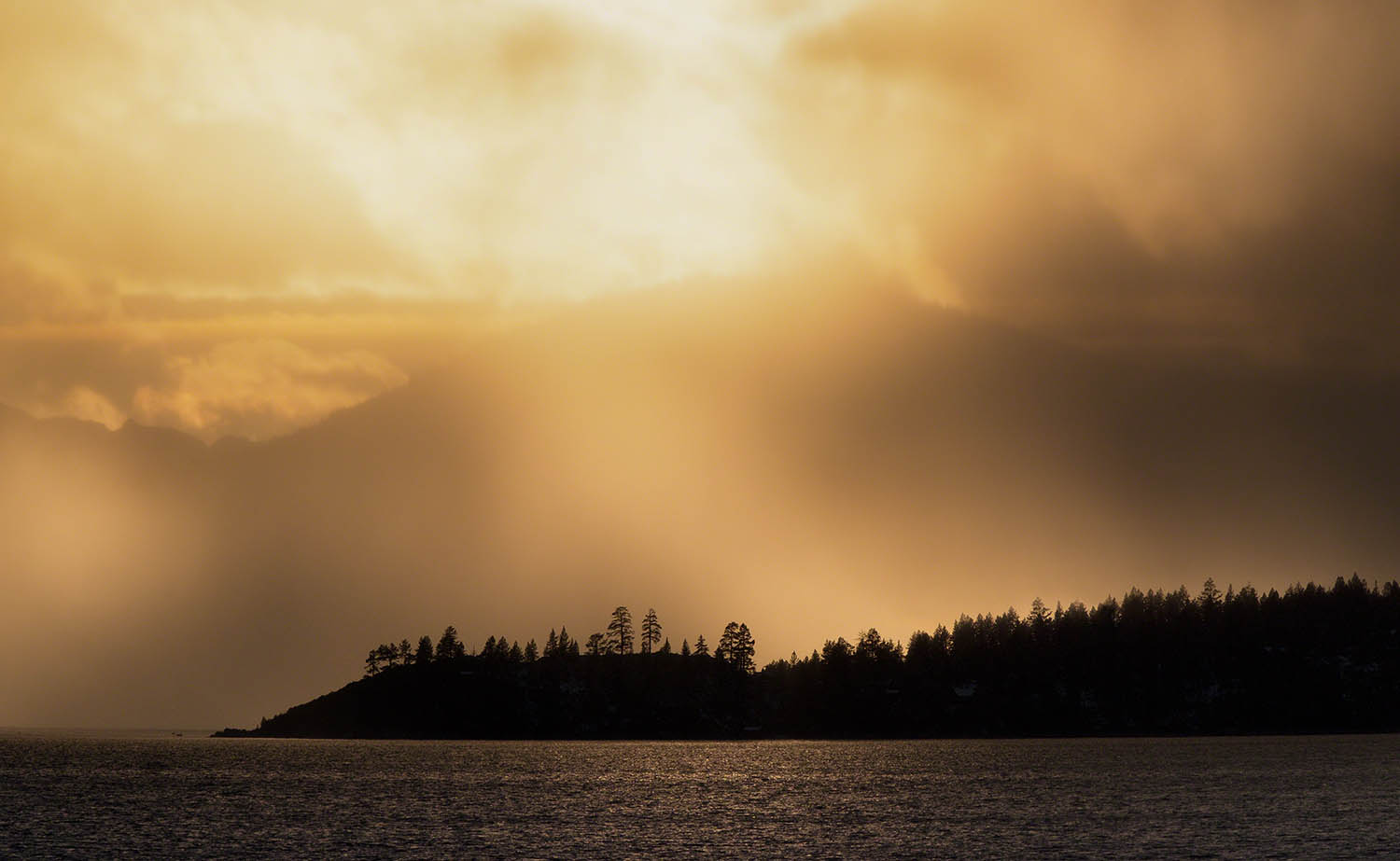
On an emotional level, telephoto images tend to feel more intimate, more delicate, kind of dreamy, up close and personal. If that’s an approach you like – and that’s what says “I love photography!” to you, then you’ll want to look at a telephoto effect lens.
Canon T1i, 70-200mm lens
Fujifilm X-T2, 60mm prime
This is all pretty simplistic right? My point in using such an exaggerated example as wide vs. telephoto is not to give you yet another lecture on lenses. It’s to invite you to think of it a little bit differently. Think about the emotional effect a particular piece of gear offers. Or the emotional effect it has on you and potentially your viewer – and what it is you enjoy seeing. What you enjoy experiencing. What you enjoy feeling. How you like to interact with your gear. Let those things be a consideration in your selection that day. Or in your choice of the next camera and lens kit. Consider the fact that art is emotional and that we’re trying to convey feelings. Which means you actually have to love and feel stuff!
We want to move people. We want to connect with people and make our voices heard more than anything. What I’m hoping is to create a new conversation here. In this case, a new way to talk about the art we want to create and the gear we use to create it.
See, it needs to be thought about in the right order and context. Gear is not supposed to be our master! It’s supposed to be the other way around. But how do you do that? So this is part of that conversation and I hope you’ll join me in it.
Let’s Broaden the Convo: Q&A!
Which brings me to the third part of today’s blog cast; Q&A. I’m going to start devoting part of each of these segments to your questions or conversation topics.
You can drop your thoughts in the comments below or over on my Facebook profile. Either way, I’m really looking forward to hearing from you and continuing this conversation! I think it’s an awesome one to have. See you next time!
